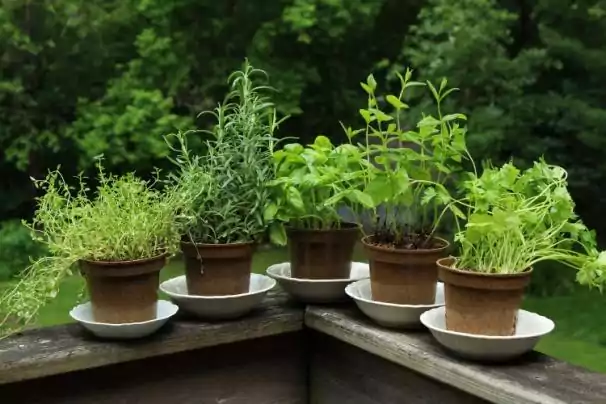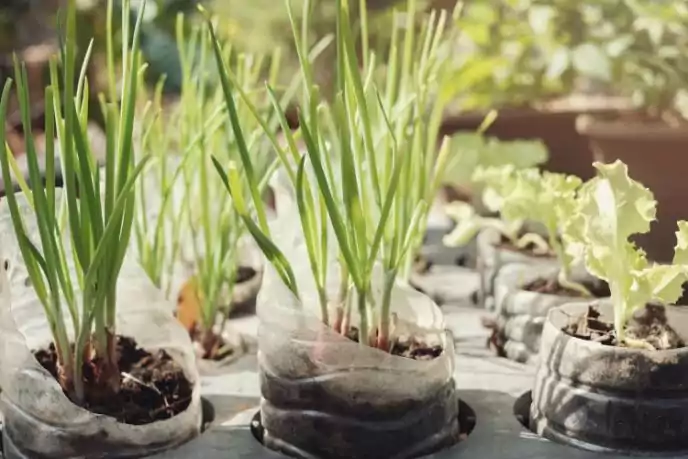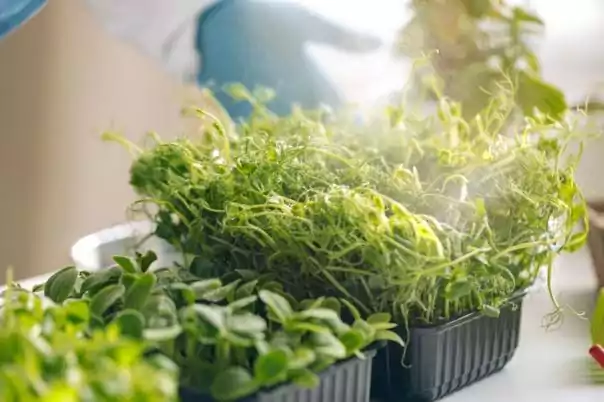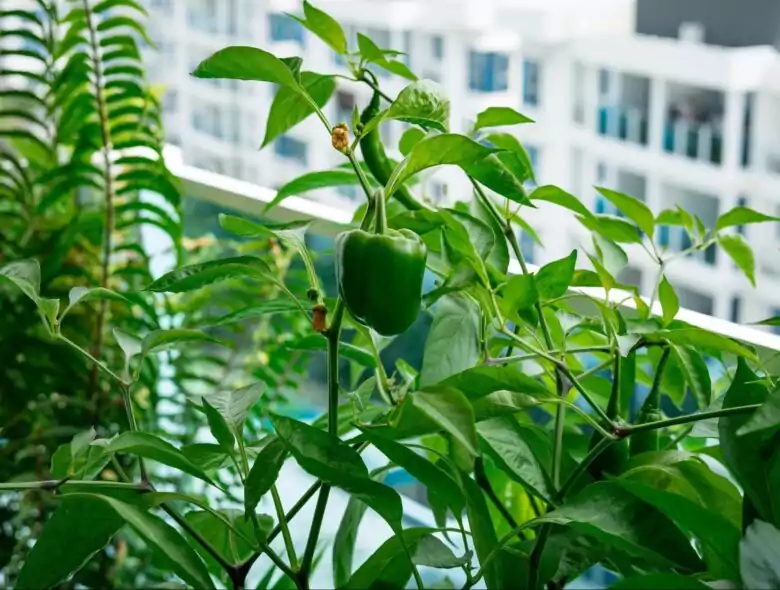Eating an array of fresh fruits, vegetables, and herbs go a long way to helping people live a healthier and longer life. Growing some of these products not only entices you to add them to your home-cooked meals but contributes to bettering the environment as it creates less food waste and reduces the use and need for food packaging and plastic wrapping. It also helps cut down your weekly or monthly food budget, which can be advantageous for those looking to tighten their belts or those with a lot of mouths to feed.
In this article, we’ll be looking at some of the best vegetables and herbs that one can grow in their apartment without sacrificing space or taking up too much time and effort. It’s important to note that what you can grow may depend on the layout of your apartment, the direction your apartment faces, your own personal food preferences etc. If you are reading this and are currently apartment hunting, Village House has numerous rental property listings throughout Japan’s 47 prefectures and applying to view an apartment is as simple as filling out an online form on their official website.

Herb Garden
Herbs are great to grow in limited spaces because they develop well in containers and small pots. When grown indoors as opposed to outdoors, herbs tend not to sprout out to become large and bushy.
For those looking to start a herb garden out on the patio, balcony or even windowsill, some great beginner herbs to grow include basil, chives, lavender, mint, parsley, and thyme.
Herbs require lots of time in the sun, so ensure that your apartment has a lot of natural light flooding in during the day.
Mini Tomatoes
Mini tomatoes such as dwarf or cherry tomatoes are great to grow indoors as they don’t take up much space, though they do require at least 8 hours of sunlight to mature nicely.
Mini tomatoes can be grown in pots at least 14 inches in diameter or in hanging baskets on the balcony or patio. Just make sure it’s within your building’s policy to hang the hanging baskets over your balcony or patio. If this is a concern of yours while apartment hunting, be sure to ask your real estate agent or if you’re going with a real estate agency like Village House, you may address such concerns in your application form or with one of their friendly representatives.

Scallions
Also known as green onions or spring onions, scallions are easy to grow at home and a great beginner vegetable to grow as all one needs is a glass or jar, some cuttings, and some water. Scallions are also a great choice for indoor growing because they can be grown all year long.
To start growing your own scallions, all you need to do is to cut off the root end of the onion and place it in a jar or glass full of water. Then leave it in a sunny spot for it to do its thing.
Chili Peppers
Chili peppers are another type of product that is suitable for growing indoors, with the only caveat being that these plants prefer humidity over 50%, so a humidifier may be necessary if you want to grow them year-round.
To ensure that these plants don’t encroach into too much of your apartment space, choose chili pepper varieties no bigger than 80cm, which can include Fresno peppers, Peter peppers and Thai Dragon peppers.
Sprouts
The great thing about sprouts is that they are low-maintenance plants to grow – all you need to get started are some sprouting seeds, a jar, a container or bowl, and some water. They don’t require much sunlight or soil, making them great for growing in winter as well as summer.
The fastest and easiest sprouts to grow to include mung beans and lentils, but you can also grow chickpea sprouts, broccoli sprouts, and radish sprouts, depending on your preferences.

In sum, you don’t need to have a green thumb to start your own mini indoor garden. Growing your own food requires tools you already have at home (others you can purchase for cheap at your nearest 100 yen shop), good natural light, and some patience. It all ends up being worth the time and effort because you not only save up on food shopping expenses but also help contribute to the bettering of the environment by minimizing food waste and food packaging.
Related articles:
- Apartment Gardening for Beginners: How to Cultivate a Green Space in Your Home!
- DIY Apartment Herb Garden
- The Best Vegetables To Grow In Your Apartment
- Interesting Houseplants for your Apartment



